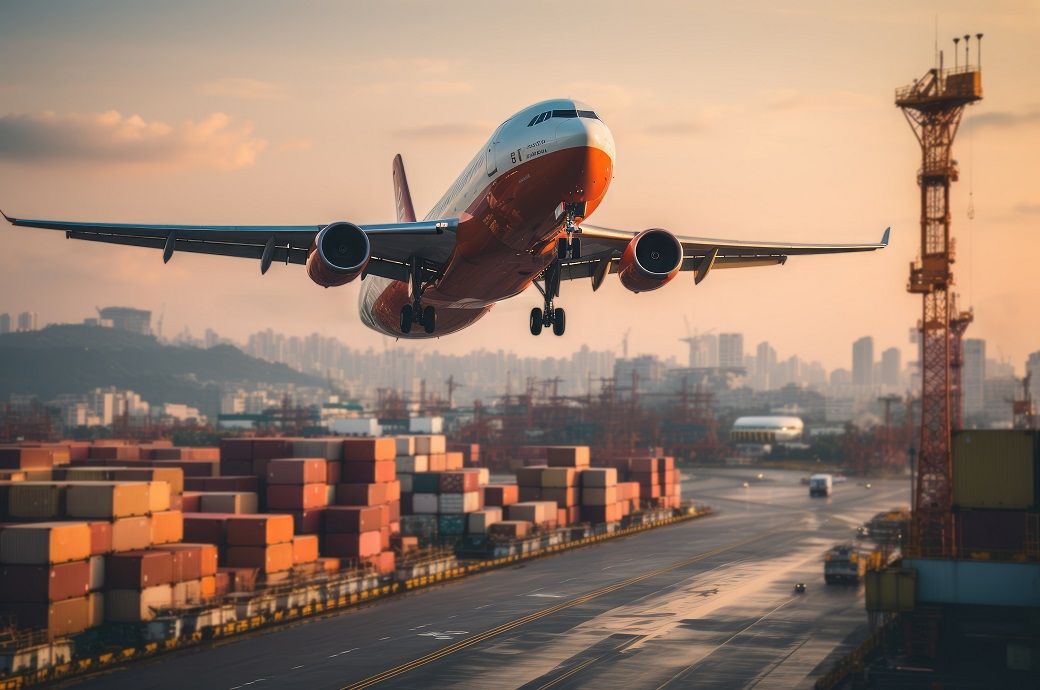
Available cargo capacity, measured in available cargo tonne-kilometres (ACTKs), saw a 12.1 per cent increase from the previous year. This growth was attributed mainly to the increase in international belly capacity, which surged by 31.5 per cent year-on-year. The boost aligns with airlines expanding operations to meet the peak northern summer travel season demand, according to the International Air Transport Association (IATA).
Despite the positive demand growth, challenges in the operating environment persist. Both manufacturing output and new export orders PMIs remained below the 50-point threshold in September, indicating a continued decline in global manufacturing production and exports. Additionally, global cross-border trade contracted for the fifth consecutive month, reflecting a cooling macroeconomic environment.
Annual consumer price growth rates varied across major economies, with stabilisation in the US and slowdowns in Europe and Japan. Meanwhile, China saw a marginal annual rise in consumer prices due to deflation-fighting policies. The average price of jet fuel in September stood at $131.0 per barrel, a significant increase from May 2023.
IATA’s director general Willie Walsh expressed cautious optimism for a strong year-end peak season, citing the resilience of the air cargo sector despite high fuel prices and falling trade volumes.
Regional performance varied, with Asia-Pacific airlines leading with a 7.7 per cent increase in air cargo volumes compared to September 2022. North American carriers faced a decline, while European airlines saw a modest decrease in cargo volumes. The Middle East carriers reported the strongest performance with a 2.5 per cent year-on-year increase, and Latin American carriers experienced a slight increase in cargo volumes. African airlines witnessed a minor decline despite significant demand growth on the Africa-Asia trade lane.
ALCHEMPro News Desk (NB)
Receive daily prices and market insights straight to your inbox. Subscribe to AlchemPro Weekly!